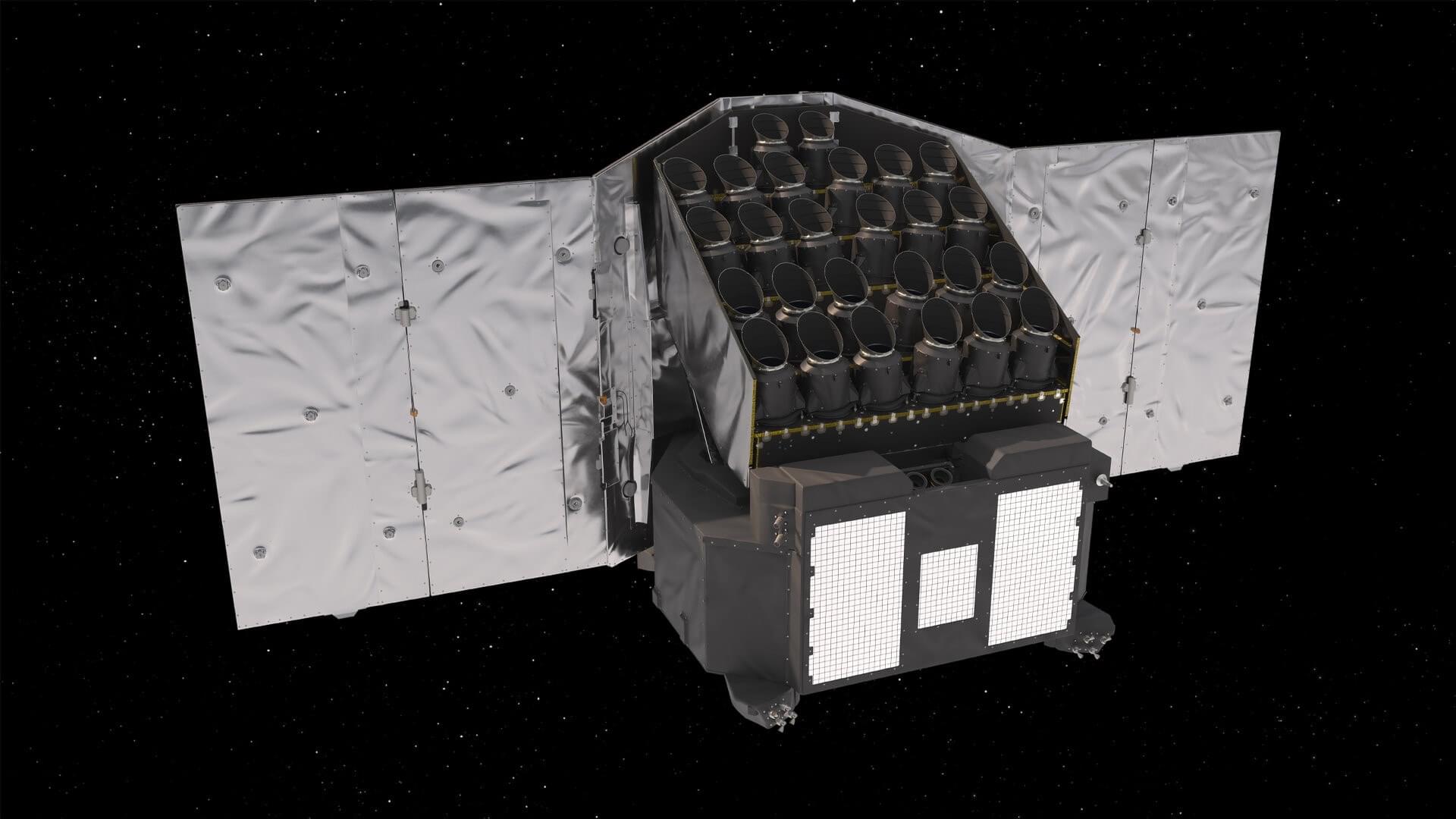Scientists grew 400+ brain cell types in the lab—an unprecedented step toward curing neurological diseases.



Matthew Berman
Elon Musk is hinting at revolutionary advancements in AI-generated content, potentially disrupting the gaming industry, with teasers about upcoming Tesla demos and the integration of XAI’s capabilities ## ## Questions to inspire discussion.
Tesla’s Competitive Advantage.
🚗 Q: How does Tesla maintain its lead in autonomous driving? A: Tesla leverages its “data flywheel” built by deploying millions of vehicles to collect real-world data, making it nearly impossible for competitors to replicate.
🤖 Q: What unique combination gives Tesla an edge in AGI development? A: Tesla’s real-world data stream combined with xAI’s language model, voice, video, and image generation capabilities provide the complete recipe for AGI.
Investment Opportunities.
💼 Q: Why do institutional investors undervalue Tesla’s autonomy lead? A: Institutional investors often view Tesla as just a car company, overlooking its unassailable autonomy advantage, while xAI is seen as a pure AI company.
Tesla’s Giga Nevada factory is making significant progress in the production of its Semi trucks and batteries, and is expected to play a major role in the company’s future growth and dominance in the electric vehicle market ## ## Questions to inspire discussion.
Semi-Truck Production.
🚛 Q: What progress is Tesla making on semi-truck trailers at Giga Nevada? A: Tesla is using double drop trailers to haul oversized loads of large machinery, which is a critical step in the factory’s development for semi-truck production.
🔋 Q: How does the LFP battery production at Giga Nevada relate to semi-truck goals? A: The LFP factory is designed to produce 10 gigawatts of stationary batteries annually, which is insufficient for Tesla’s goal of producing 50,000 semi-trucks.
Battery Production.
⚡ Q: What is the current status of battery production at Giga Nevada? A: Battery production is almost ready to begin, with the LFP factory set up to manufacture stationary batteries.




IN A NUTSHELL 🌾 The Moon-Rice project is developing “super-dwarf” rice to support long-duration space missions and extreme Earth environments. 🛰️ Led by the Italian Space Agency, the project involves collaboration between three Italian universities specializing in rice genetics, crop physiology, and space crop production. 🔬 The research focuses on using CRISPR-Cas technology to create

The Europeans, for instance, have a bucket full of plans in place in this field. One of them is called the PLAnetary Transits and Oscillations (PLATO) space telescope, and it’s scheduled for launch in 2026 with the stated goal of looking at “terrestrial exoplanets in orbits up to the habitable zone of Sun-like stars. ”
That would be the planets most likely to host life as we know it, located not too far and not too close to their stars to allow water to exist in liquid form, solid enough and with just the right amount of gravity to be life-friendly.
PLATO was first proposed in 2014 in the European Space Agency’s (ESA) Cosmic Vision 2015–25 plan as the third medium class mission. It was first reviewed in 2022, and then it go the thumbs up in the critical design review in 2024, and it’s now being assembled at Orbitale Hochtechnologie Bremen (OHB) in Germany.